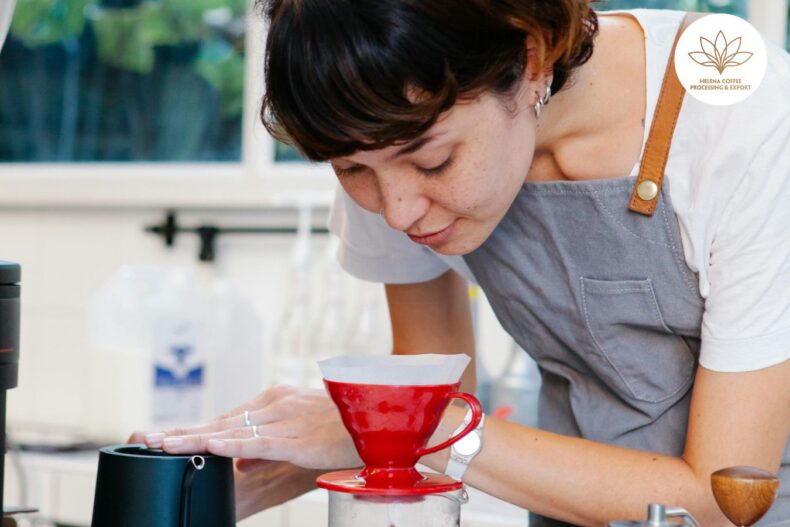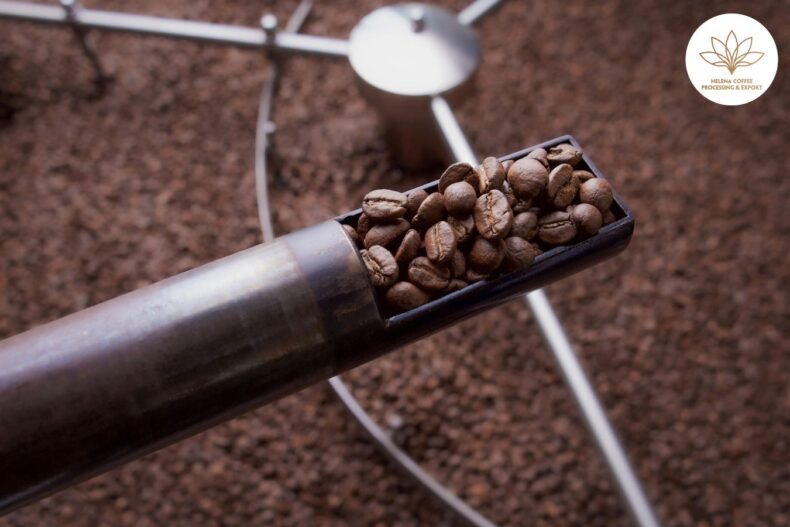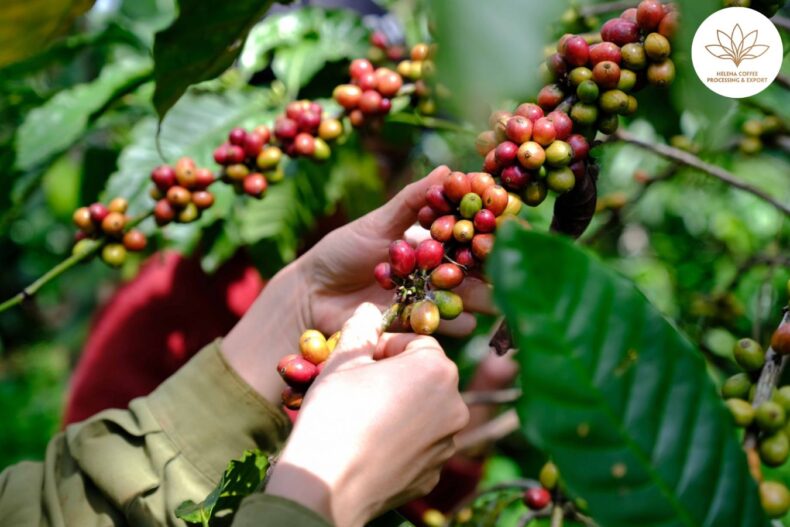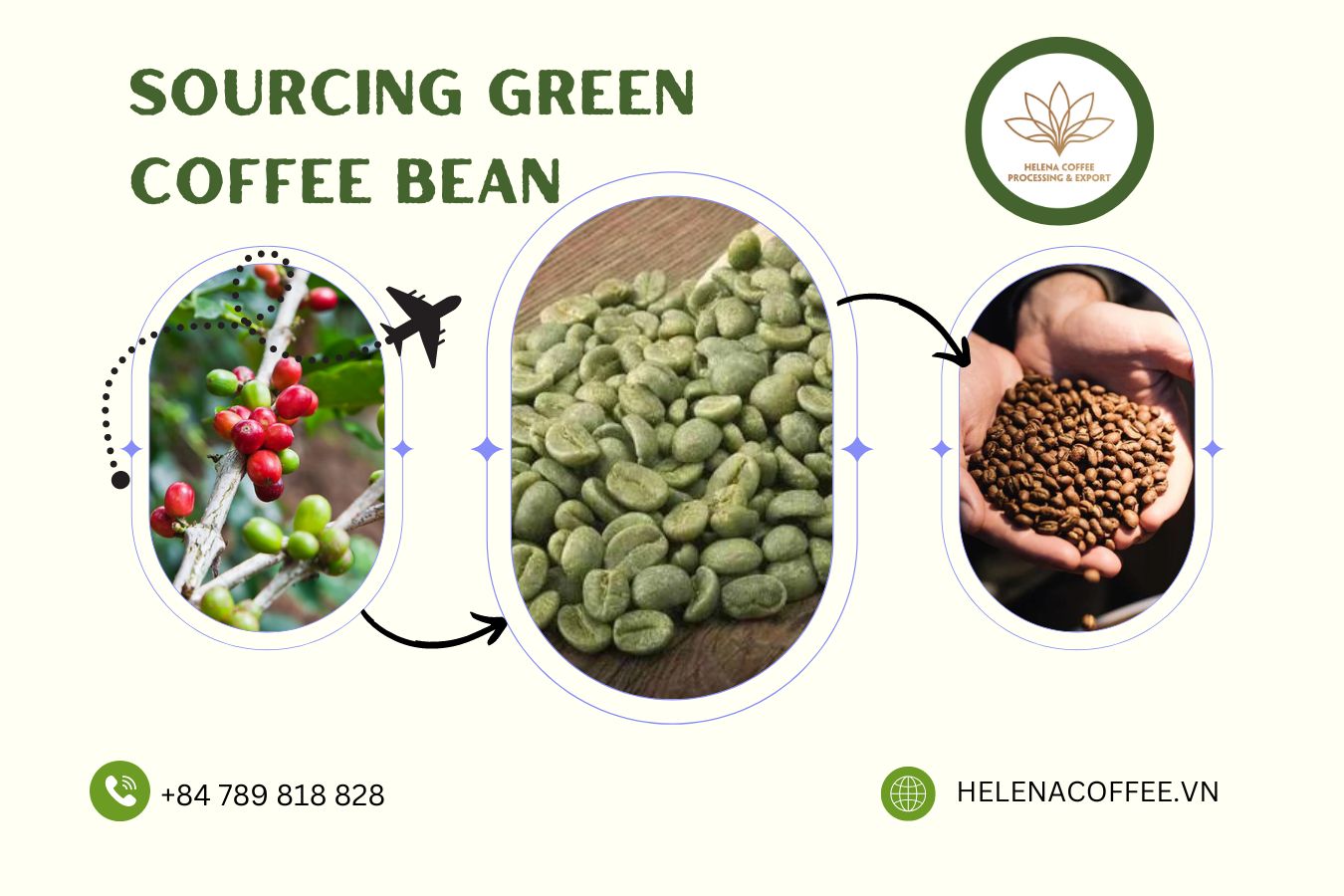
Sourcing Green Coffee Bean High-Quality: At the heart of every coffee roaster’s craft lies the essential pursuit of high-caliber green coffee bean. This quest to procure the finest raw beans is a critical first step in the intricate journey of delivering exceptional coffee experiences to consumers, be they individual aficionados or wholesale clients.
Yet as roasters carve out their success and business expansion ensues, the dynamics of their green coffee sourcing must evolve to keep pace. A burgeoning customer base not only necessitates increased volumes of green beans but also calls for a diversified array of bean origins, processing techniques, and profiles to satisfy a growing and sophisticated palate.
Scaling green coffee procurement presents its own set of complexities, even for the most seasoned roasters. To navigate this expansion with finesse, I engaged in a dialogue with both a green coffee trader and an established roaster. Continue reading to uncover the strategic insights they imparted.
Refining Your Coffee Sourcing Strategy: Adaptation for Evolving Market Demands
The crux of adjusting your coffee sourcing operation is simple: to align with the shifting needs of your clientele. Success in the coffee industry translates to amplified demand, both in the volume of coffee required and the diversity of offerings expected by a discerning market.
Mark Stell, the co-founder and Managing Partner at Portland Coffee Roasters in Oregon, encapsulates the essence of strategic green coffee procurement. “It’s about striking a balance between sourcing exceptional coffee that resonates with customers and upholding ethical business practices,” he says.
An effective sourcing program not only anticipates customer preferences but also supports coffee producers through committed purchases, equitable pricing, and prompt payments, creating a harmonious cycle of sustainability and satisfaction.
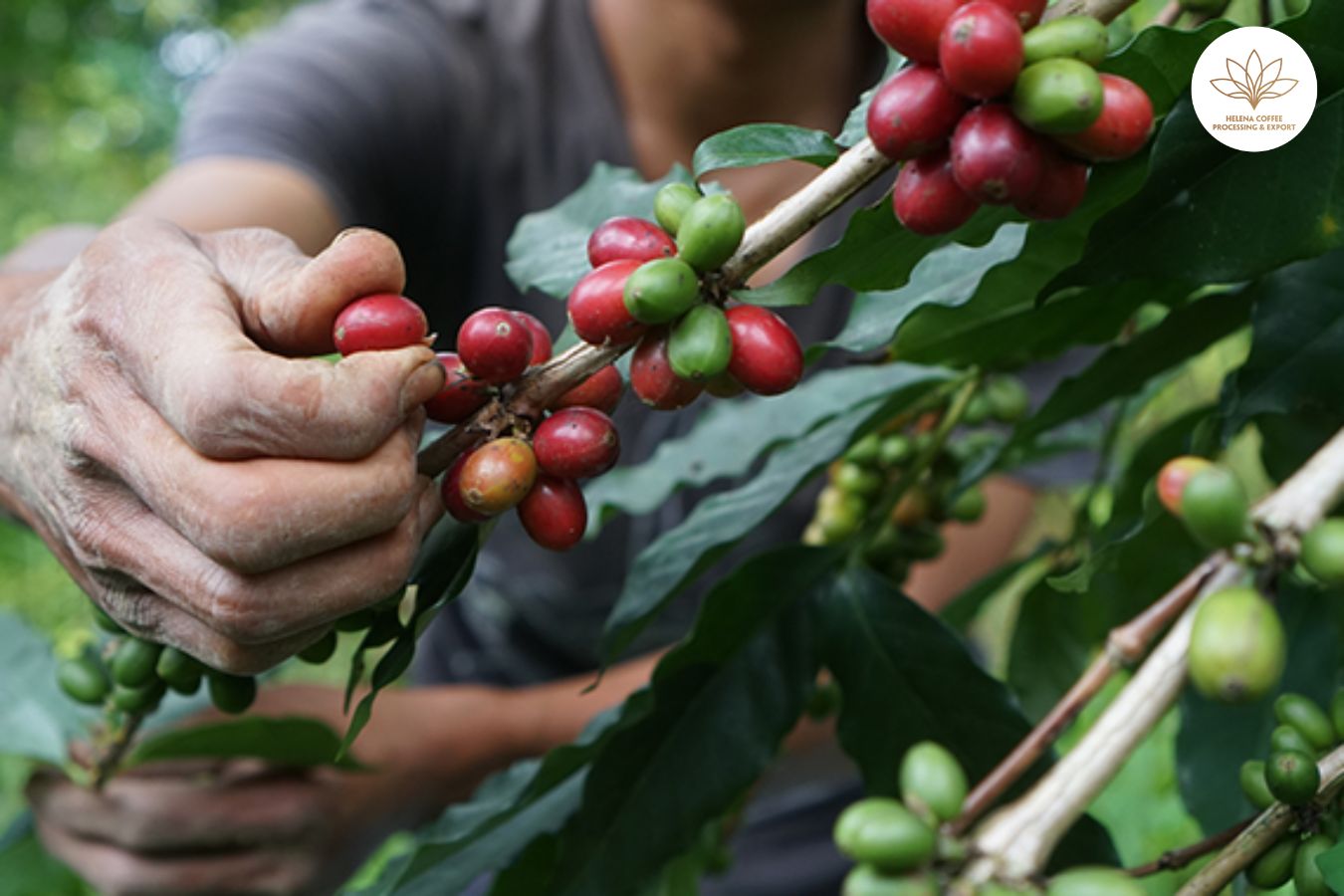
The intricacies of direct trade, while laudable for its intent to foster transparency and direct partnerships, can present formidable challenges, ranging from logistical hurdles to the nuances of international trade agreements.
To navigate these complexities, many large-scale roasters partner with importers. These entities specialize in the logistics that underpin green coffee sourcing, such as managing shipping documentation and ensuring quality control during transit.
Juan Lizano, a seasoned green coffee trader at The Coffee Source, brings a wealth of experience from a company deeply rooted in coffee production and trading, with a legacy spanning over a century. With partnerships across the globe and expertise in more than a dozen origins, The Coffee Source exemplifies the advantages of working with an importer that operates from the source.
“We’re not just importers; we are at the heart of coffee farming,” Juan illustrates. “This proximity to farmers allows our team to oversee every step from the plantation to the roastery, offering a seamless experience for roasters.”
Juan further highlights the strength of their supplier relationships. “Being entrenched in Latin America, we are fluent in the languages, immersed in the cultures, which fosters more effective communication and greater transparency in our dealings,” he adds. This approach exemplifies how a thoughtfully managed sourcing operation can evolve to meet the growing and changing demands of the coffee roasting business.
Strategies for Elevating Your Coffee Sourcing as Your Business Grows
Embarking on the journey to expand your coffee sourcing requires a well-thought-out plan, beginning with a clear delineation of roles and responsibilities. Juan advises that if you already have a dedicated green coffee buyer, scaling up should remain under their purview.
“For instance, if you’re scaling from purchasing half a container to a full one from a particular farm, you’d continue liaising with the same contact,” he explains. “The terms of payment, quality specifications remain constant – the primary difference is the quantity, escalating from 125 to 250 bags.”
Mark points out that in larger organizations, the process naturally becomes more collaborative. “Our Director of Coffee spearheads the sourcing process, but it’s a concerted effort involving various levels of the company,” he shares.
Understanding customer preferences is also crucial when scaling up. Review sales data or work closely with your sales team to determine which coffees resonate most with your customer base. Identifying these ‘core’ coffees is essential to streamlining your focus on what sells best.
Simultaneously, consider diversifying your offerings with distinctive or exotic coffees to captivate new segments of the market. “A roaster might decide to expand their range of a particular origin if it presents unique characteristics or a distinct flavor profile,” Juan suggests.
Ultimately, Mark emphasizes that the cornerstone of a successful sourcing strategy is the cultivation of solid relationships. The coffee industry thrives on the connections between roasters, suppliers, producers, and importers. These relationships are invaluable assets that can render the sourcing process more efficient and flexible.
“Our network is vast, ranging from multiple-container commitments to smaller, specialty purchases,” he says. “When the need to scale up arises, having established partnerships with companies that have a broad reach across various regions is invaluable – it enables us to swiftly and effortlessly source the coffees we require.”
Ensuring Excellence and Uniformity in Coffee Sourcing
With the groundwork established, the subsequent phase involves meticulous planning around the sourcing schedule for diverse coffees from various regions, considering the global tapestry of harvest seasons.
Juan elucidates the global harvest calendar’s role in securing peak freshness. “To harness the freshest coffees, one must navigate the global harvest cycles,” he says. “For example, the year’s outset is marked by fresh harvests from Central America, while the latter half brings in the new yields from South America.”
He outlines the harvest timelines, noting, “Countries like Brazil, Peru, and Colombia see their peak harvests mid-year, whereas others like Mexico and Guatemala have their prime harvests as the year winds down.”

In the world of coffee cultivation, most regions experience a singular harvest season, spanning just a few months, with some variations across different areas within the same origin.
For those responsible for purchasing green coffee, possessing an intimate knowledge of each harvest season is crucial, as is accounting for the transit times of shipments. For instance, the Ethiopian harvest occurs from November to February, yet the shipments might reach European shores only between May and August, with those bound for the U.S. potentially requiring even more time.
Mark emphasizes the importance of a steadfast buying strategy to maintain a steady inventory. “Our approach at Portland involves purchasing about 80% of our projected needs, with the flexibility to acquire the remainder through spot buying as necessary,” he states.
Spot buying, the practice of procuring coffee on-the-fly without prior contracts, becomes pivotal when unexpected demand surges lead to inventory shortfalls.
“Most of our coffee is procured through contracts with trusted partners like The Coffee Source,” Mark reveals. “They facilitate the reservation of the lion’s share of our annual requirements. Our enduring alliance with them, spanning over a quarter-century, is a testament to the strength of sustained, mutually beneficial relationships in the coffee industry.”
Ensuring Long-Term Sustainability in Coffee Sourcing Expansion
When contemplating the expansion of your coffee sourcing, it’s imperative to ensure that the growth is not just profitable but also sustainable over the long haul.
Mark cautions, “A prudent green coffee buyer must guard against the temptation to overcommit. An initial surge in demand, perhaps due to a new account, doesn’t necessarily forecast a permanent trend.”
He advocates for a measured approach, suggesting monitoring new additions to your offerings over an extended period, such as six months, to gauge their performance and profitability, making adjustments or eliminations as necessary.
Juan highlights the efficiency gains of bulk shipments, advising, “Consolidating your green coffee into fewer, larger shipments can significantly reduce costs and improve logistical efficiency. This approach maximizes space utilization and transport resources.”
Equally critical are the practices implemented at the source. The modern coffee market prioritizes traceability, ethical sourcing, and transparency, with consumers increasingly informed and concerned about the impact of their purchases.
“The market demands comprehensive information about the coffee’s environmental and social footprint,” Juan states. “As roasters, it’s our duty to provide detailed insights to consumers.”
This demand for sustainability is also reflected in consumer spending habits, with a notable willingness, particularly among millennials, to pay more for sustainably sourced products. The 2015 Global Corporate Sustainability Report underscores this, with 66% of consumers surveyed expressing a willingness to invest more in products from sustainable brands.
“Our strategy for ensuring sustainability involves forging a closer connection with the origins of our coffee,” Juan adds. “The Coffee Source aids in this endeavor, ensuring that all our coffees are traceable right back to the farm.”
At The Coffee Source, 59% of coffees carry third-party certifications such as Fairtrade, Rainforest Alliance, and USDA Organic. The company is actively engaged in 16 sustainability projects across seven origins, each tailored to address specific local needs in three key impact areas: social, environmental, and production.
As roasters scale up, they face pivotal decisions about their sourcing strategies. While some may opt for direct trade, others find that collaborating with an importer aligns better with their growing needs.
Immerse Yourself The Rich World of Helena Coffee Vietnam
Immerse Yourself in the Exquisite Offerings of Helena Coffee Vietnam: A Beacon of Quality from the Heart of the Central Highlands.
Nestled in the verdant embrace of Vietnam’s Central Highlands, Helena Coffee Vietnam stands as a paragon of coffee excellence, renowned for its premium and specialty-grade coffee beans. With an unwavering commitment to sustainability and ethical stewardship, Helena Coffee Vietnam forges meaningful partnerships with local coffee growers and cooperatives, championing the finest Arabica and Robusta beans while ensuring equitable remuneration and practices that nurture both the land and its people.
The fervor for coffee at Helena Coffee Vietnam transcends the mere procurement of superior beans. It extends to the art of roasting, where every batch is treated as a canvas, meticulously roasted to coax out the distinct flavors and aromatic splendor inherent in each bean. The company’s expansive selection of coffee offerings caters to a diverse clientele, encompassing wholesale opportunities that range from single-origin treasures to masterfully crafted blends, indulgent flavored coffees, and both roasted and green beans.
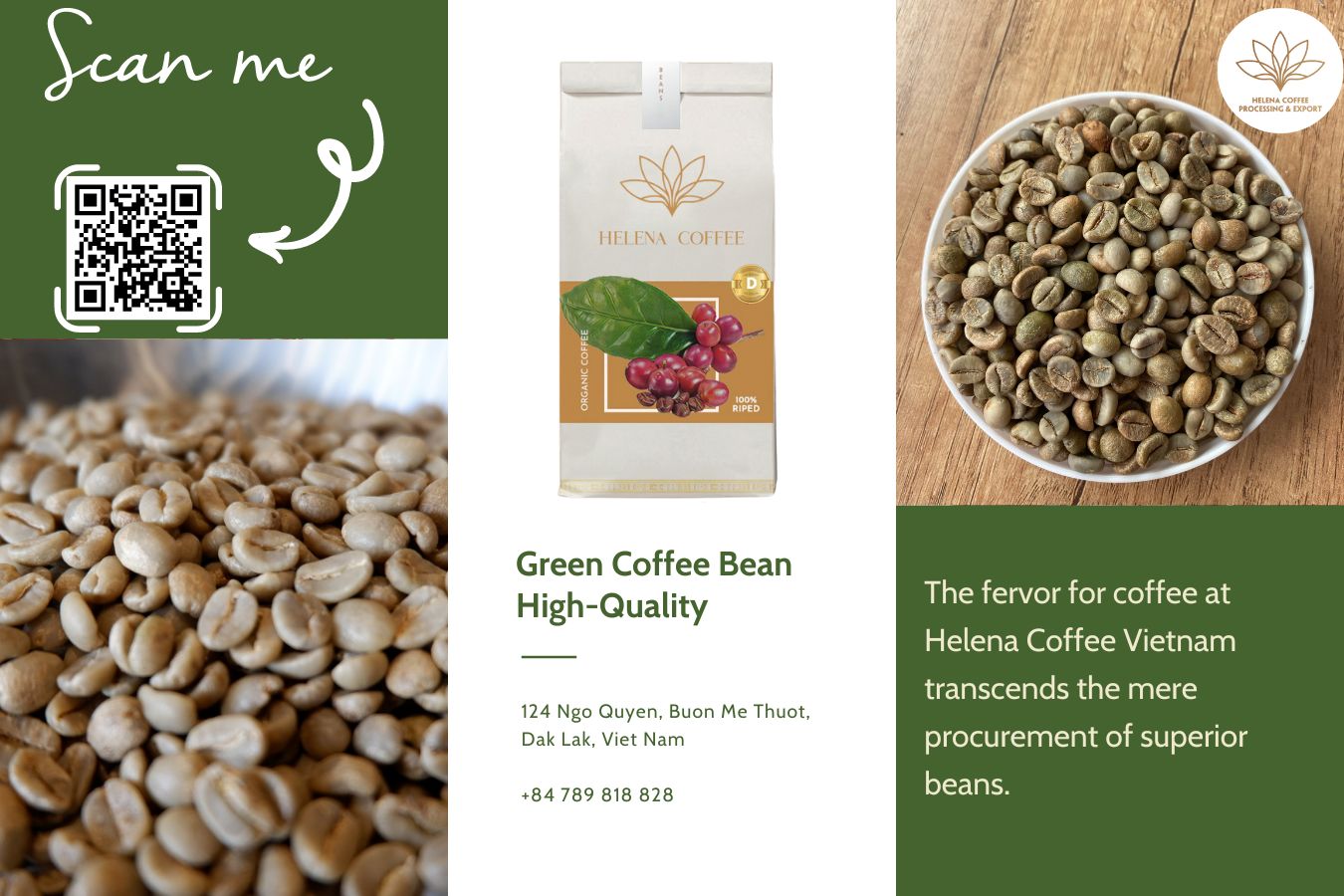
Helena Coffee Vietnam caters to the discerning palate of the coffee aficionado yearning for specialty-grade beans to savor at home, as well as the coffee enterprise in search of a steadfast purveyor of exceptional green coffee beans. Embark on a journey of flavor and finesse with Helena Coffee Vietnam, where quality is not just promised, but passionately delivered.
Navigating the complexities of sourcing involves numerous considerations, from consumer demand and inventory management to ethical practices and harvest cycles. To embark on this journey, start by understanding what your customers desire. Ensuring a market for your chosen coffees is the cornerstone of implementing sustainable practices in your green coffee sourcing strategy.
FAQS:
